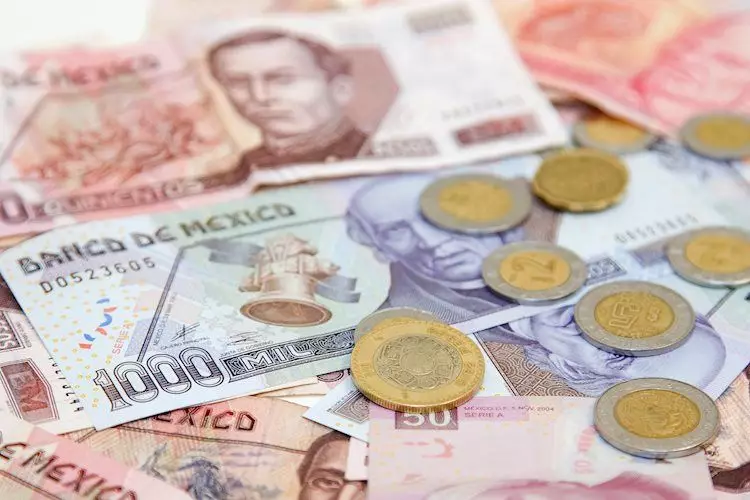Despite Banxico’s surprising decision to lower rates by 25 basis points in a 3-2 split decision, the demand for the Mexican Peso continues to increase. This decision, signaling further easing ahead, comes amidst inflation risks and growth concerns in the country. The central bank’s projection for core inflation to dip below 4% by Q4 2024 is a key factor driving the market sentiment towards the Peso.
The recent rise in Mexico’s inflation rate, exceeding estimates and reaching 5.57% over the 12 months to July, has put pressure on the economy. Despite this, core prices have shown improvement on an annual basis, demonstrating a slight dip to 4.05%. Additionally, Mexico’s Industrial Production has witnessed a downturn, further confirming the stagnation in the economy, with a YoY figure of -0.7%.
USD/MXN Exchange Rate and Market Expectations
The USD/MXN pair extended its losses to a six-day low of 18.76, indicating a positive momentum for the Peso’s recovery. However, the resistance levels at 18.59 and 19.00 pose significant challenges for further gains. The CME FedWatch Tool’s prediction of a 50-basis-point interest rate cut by the Fed adds uncertainty to the market sentiment, affecting the Peso’s performance.
The value of the Mexican Peso is influenced by various factors such as the country’s economic performance, central bank policies, foreign investments, and remittances from abroad. Geopolitical trends, like nearshoring, also impact the currency’s movement. Furthermore, oil prices play a crucial role in determining the Peso’s value, as Mexico is a key exporter of the commodity.
Impact of Banxico’s Monetary Policy
Banxico’s main objective is to maintain inflation at low and stable levels, which influences its interest rate decisions. Higher interest rates are generally positive for the Peso, attracting more investors with higher yields. On the contrary, lower interest rates can weaken the Peso. Macroeconomic data releases and the state of the economy also play a significant role in determining the Peso’s valuation.
Market Sentiment and Risk Factors
As an emerging-market currency, the Mexican Peso tends to perform well during risk-on periods when market risks are perceived to be low. Conversely, during times of market turbulence or economic uncertainty, the Peso is likely to weaken as investors seek safer assets. The overall market sentiment, driven by economic data and geopolitical trends, heavily influences the performance of the Peso.
The Mexican economy faces challenges related to inflation, industrial production, and Banxico’s monetary policy decisions. While the demand for the Peso remains strong, external factors such as the USD/MXN exchange rate and market expectations add volatility to the currency’s performance. It is essential for investors and market participants to closely monitor economic indicators and central bank announcements to navigate the fluctuations in the Mexican Peso’s value effectively.

